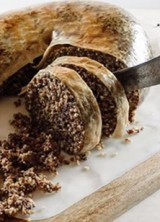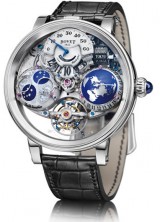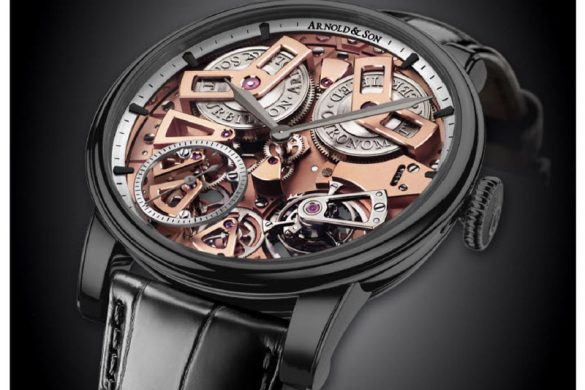Incense has long been associated with Chinese culture. Its use in Chinese civilization goes back thousands of years. Evidence of incense-burning in China exists from Neolithic times. Its popularity, however, seems to mirror the rise of the Xia, Shang and Zhou dynasties. From a cultural standpoint, all strata of society, from peasant to soldiers to holy men used incense burners. The variety and detail of antique Chinese incense burners is wide. Such one example recently showed on eBay with an asking price of $21,000,000. Yes, 21 MILLION!
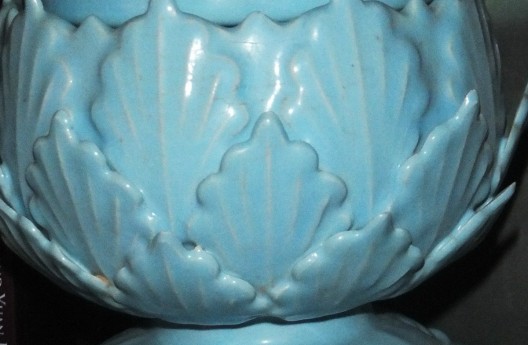
$21,000,000 Incense Burner
It’s about most rare, exquisite and technically perfect Ru Kiln Imperial lotus-petal incense burner. This antique piece is described by the eBay seller as “Excellent. Circular incense burner in lotus flower shape, with a base supported on 3 rabbit shaped feet.”
The exclusive Ru glaze covers the stoneware objects entirely. The pieces for Imperial use were produced with agate powder that adds minuscule shinny particles to the glaze, visible under magnification. Glaze exhibits a subtle underglaze light colour crackle. The tip of one of the lotus petals is broken. No other defects or repairs.
Until recently, it was conventional wisdom that the Ru kiln merely produced objects with simple shapes like plates, bowls, washers, stem cups and narcissus basins. However, recent discoveries and studies at the Ru kiln site in Qingliangsi, Baofeng county in Henan province, proved there were also produced so-called “special wares” like lotus-petal incense burners (referred to in ancient documents as “the incense burner of the Ru kiln“) and sculptured lions and dragons .
Ye Zhemin writes about his visit to the site of Ru Kiln in 2000 and newly discovered items:
“The discovery of these special wares is one of the major rewards of our visit. It has not only changed the conventional views that the Ru Kiln merely produced plates, bowls, jars, washers, boxes, zuns (wine containers), stem cups and narcissus basins, but also proved that the ancient documents of the ‘incense burner of the Ru Kiln’ and ‘the suanni and lotus petal incense-burner’ are all true. It also tells us that we have a long way to go in the study of historic porcelains.”
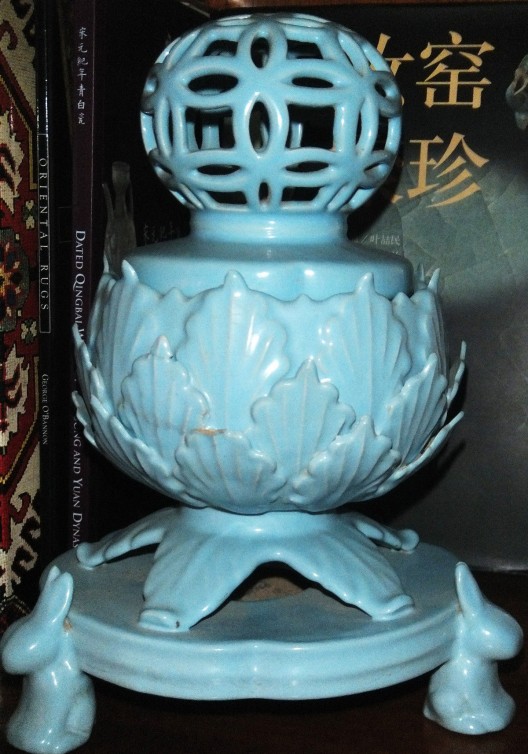
$21,000,000 Incense Burner

